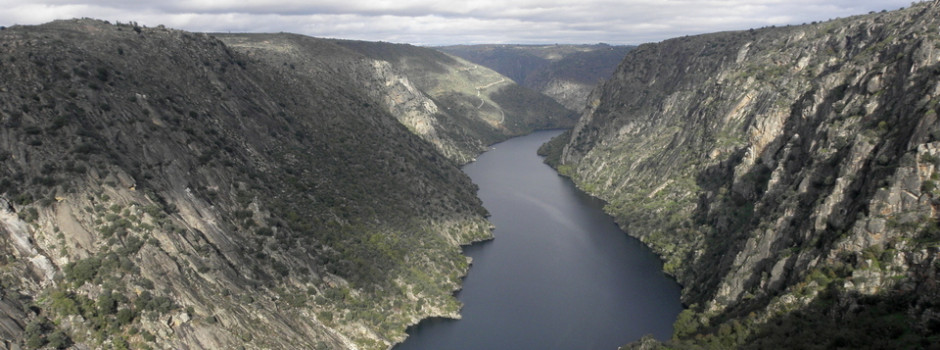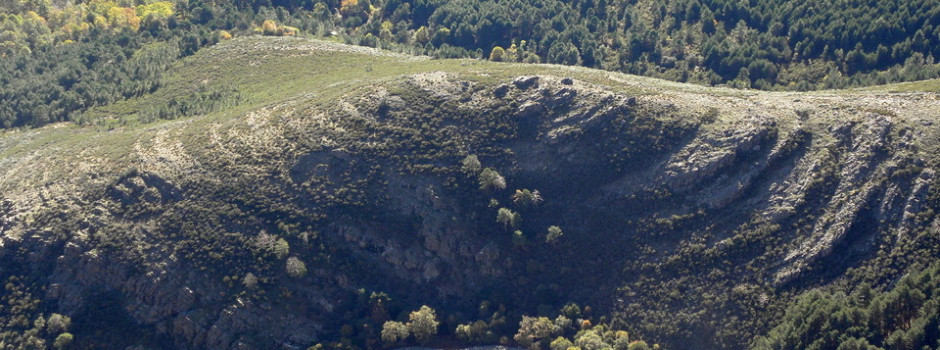La revista de Geología Earth Science Reviews publica los resultados de una investigación donde se define una nueva unidad geológica en Teruel, la Formación Allueva. Los dos aspectos mas novedosos de la investigación son, por un lado, haber podido determinar con precisión la edad de esta unidad (del final del Cretácico, hace 80 a 70 millones de años), y por otro, el descubrimiento de numerosos yacimientos de dinosaurios, en un intervalo de tiempo geológico con muy poca representación de este grupo fósil en la provincia de Teruel. Los nuevos descubrimientos tienen numerosas implicaciones, en particular, nos indica que la formación del relieve de la Cordillera Ibérica en esta zona del norte de Teruel empezó mucho antes de lo que pensábamos.
Referencia:
Marcos Aurell, Diego Torromé, José M. Gasca, Pablo Calvín, Manuel Pérez-Pueyo, Jara Parrilla-Bel, Eduardo Medrano-Aguado, Carles Martín-Closas, Alba Vicente, Pablo Sierra-Campos, José I. Canudo,
Latest Cretaceous palaeogeographic evolution of northeast Iberia: Insights from the Campanian continental Montalbán subbasin (Spain), Earth-Science Reviews,2022,104251,
https://doi.org/10.1016/j.earscirev.2022.104251.
(https://www.sciencedirect.com/science/article/pii/S001282522200335X)
Abstract: This work characterizes for the first time the 500–700 m-thick uppermost Cretaceous continental sedimentary succession of the Allueva Fm recorded in the northeastern margin of the Iberian basin, in the Montalbán subbasin (Maestrazgo domain, Spain). The middle-upper Campanian age of this unit constrained here by new paleomagnetic and biostratigraphic data involves major revision of previous stratigraphic and palaeogeographic interpretations. The uplift of the northern marginal areas of the Montalbán subbasin onwards from the middle Campanian supplied the coarse terrigenous-clastic sediments common in the alluvial Allueva Fm. Moreover, a sharp increase of the sedimentation rates (from 4 to 19 cm/ky) from the lower to the middle-upper part of the Allueva Fm has been related to further increase of the tectonic activity during the middle part of the late Campanian. Also relevant are the new discovered vertebrate sites mostly found in the marginal areas of a large lacustrine-palustrine carbonate system developed during the latest Campanian. Vertebrate sites include a fossil assemblage with abundance of titanosaur sauropod dinosaurs as well as the presence of ornithopod dinosaurs and crocodylomorphs. A review of the dinosaur fossil sites recorded in other Iberian subbasins shows a similar fossil assembage occurrence during the late Campanian–earliest Maastrichtian timespan, previous to the faunal turnover that took place in the Ibero-Armorican landmass around the onset of the late Maastrichtian. The stratigraphic, sedimentological and paleontological characterization of the successions recorded during the initial stages of development of the Montalbán subbasin have major implication to understand the latest Cretaceous palaeogeographic evolution of northeast Iberia. Comparative review to other latest Cretaceous continental successions deposited in other domains of the Iberian basin indicates a south to north migration of newly developed subsident subbasins: during the Campanian (South Iberian domain), during the middle-late Campanian (northern Maestrazgo domain), and during the Maastrichtian (central Castillian domain).
Keywords: Latest Cretaceous; Iberia; Tecto-sedimentary evolution; Dinosaurs; Magnetostratigraphy
Y para terminar >>>>>>>>>>>>>>> un enlace a un video explicativo sobre esta investigación por parte del investigador principal, Marcos Aurell, en la televisión pública aragonesa.





Aún no hay comentarios.